Golfer's Elbow
In Singapore
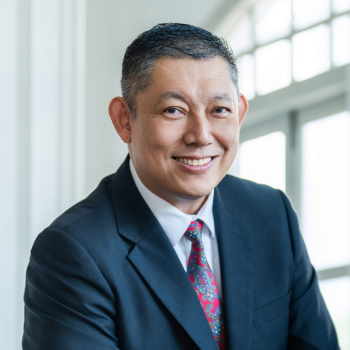
Dr Chiam Tut Fu

MBBS (Singapore)
MSS (Sports Medicine) (USA)
MMed (OM) (Singapore)
GDOM (Singapore)
DWD (Singapore)
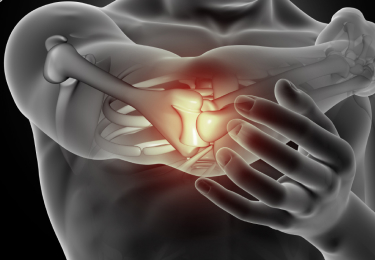
Introduction
Golfer’s Elbow, medically known as medial epicondylitis, is a type of tendinitis that affects the inner part of the elbow. It is a common condition in sports medicine, particularly among golfers and athletes involved in throwing or swinging activities. However, it can also affect individuals who perform repetitive activities that strain the forearm muscles.
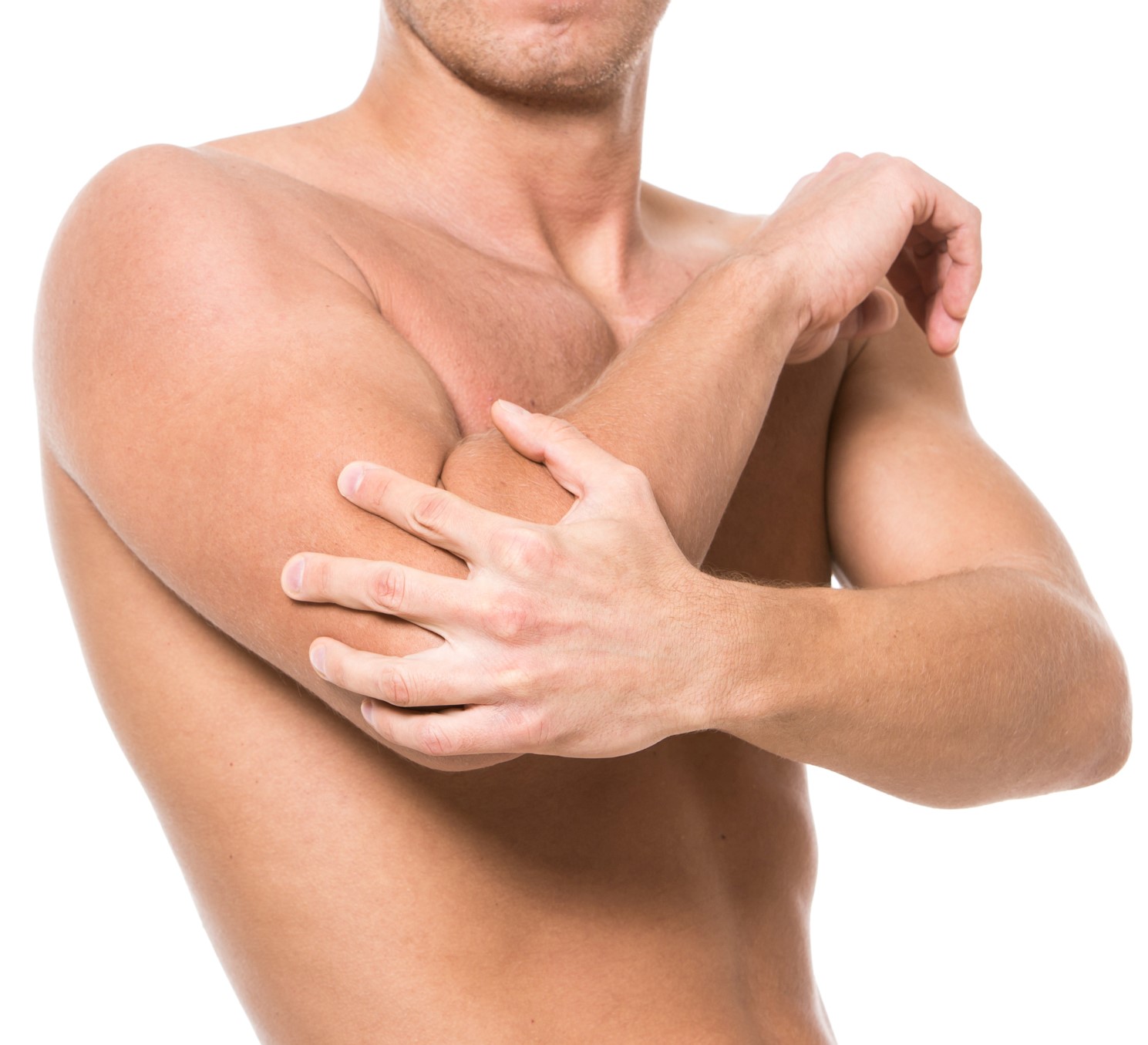
Causes of Golfer's Elbow
Golfer’s Elbow is primarily caused by overuse of the forearm muscles, particularly through repetitive motion. This overuse can lead to small tears in the tendons that attach the forearm muscles to the bony bump on the inside of the elbow, causing pain and inflammation. Specific activities that can lead to the condition include:
- Golfing
- Racket sports
- Weightlifting
- Repetitive occupational activities such as typing or plumbing
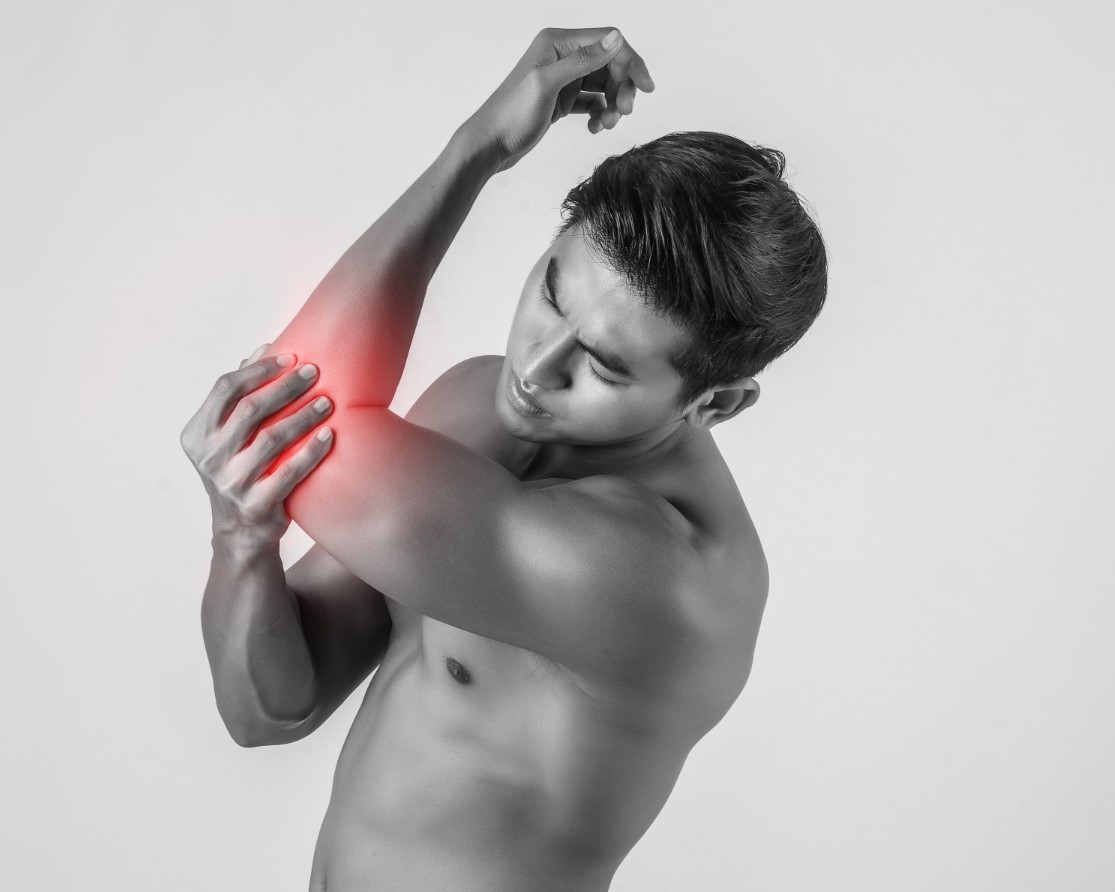
Symptoms of Golfer's Elbow
- Pain and tenderness: The primary symptom of Golfer’s Elbow is pain and tenderness on the inner side of the elbow. This pain can sometimes extend along the inner side of the forearm.
- Stiffness: Individuals with Golfer’s Elbow may experience stiffness in the elbow, particularly in the morning or after periods of inactivity.
- Weakness: Weakness in the elbow or forearm can also be a symptom of Golfer’s Elbow.
- Numbness or tingling: Some may experience numbness or a tingling sensation, which can extend into one or more fingers, usually the ring and little fingers.
- Difficulty in making a fist: Due to pain and stiffness, individuals with Golfer’s Elbow may have difficulty making a fist.
Types of Golfer's Elbow
There are two main types of Golfer’s Elbow:
-
Medial Epicondylitis
This is the medical term for Golfer's Elbow. It refers to inflammation of the tendons that attach to the medial epicondyle, the bony bump on the inner side of the elbow.
-
Tendinosis of the elbow
This refers to a chronic condition involving degeneration of the tendon without inflammation. It is often a result of repeated minor injuries to the tendon.
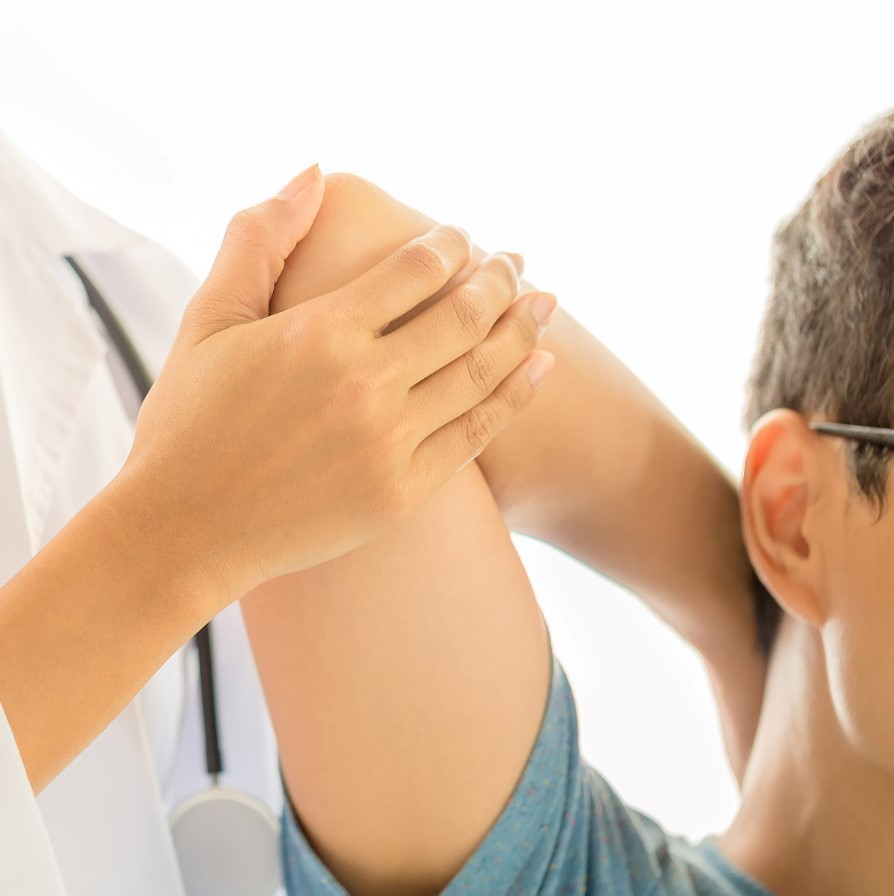
How Is Golfer's Elbow Diagnosed
Diagnosis of Golfer’s Elbow typically involves: a physical examination where the doctor checks for pain in different parts of the arm. Imaging tests such as X-rays or MRI scans may be used to rule out other conditions. In some cases, electromyography (EMG) may be used to evaluate the health of the muscles and the nerves that control the muscles.
Minimally Invasive Treatments We Use To Treat
Golfer's Elbow
An injection that alleviates pain and inflammation associated with musculoskeletal conditions such as arthritis, bursitis, tendinitis and joint pain.
Targeted pain relief in the administered area and reduced inflammation.
Little to no recovery time. Patients may resume their normal activities promptly.
Works well in chronically injured tissues which may have very slow recovery
Anti-inflammatory and regenerative effects
Little or no downtime and patients can walk out after the 30 min procedure
Restores the physiologic viscoelasticity in the synovial fluid (SF) in the absence of inflammation
Nonoperative and FDA-approved treatment for arthritis of the knee
Results usually last for 2 - 3 months. In some cases, the relief can last for 6 - 12 months
Treats flare-ups of OA pain and swelling with fluid buildup in the knee
Reduces inflammation in the joint
Can quickly relieve these symptoms, usually within 1-3 days
Uses low-level light to stimulate healing. Does not cause your tissues to heat up. LLLT is used to treat various musculoskeletal conditions, reduce inflammation, and promote wound healing.
Painless, Quick, Effective, and No downtime. Patients can return to their normal activities immediately after an LLLT session.
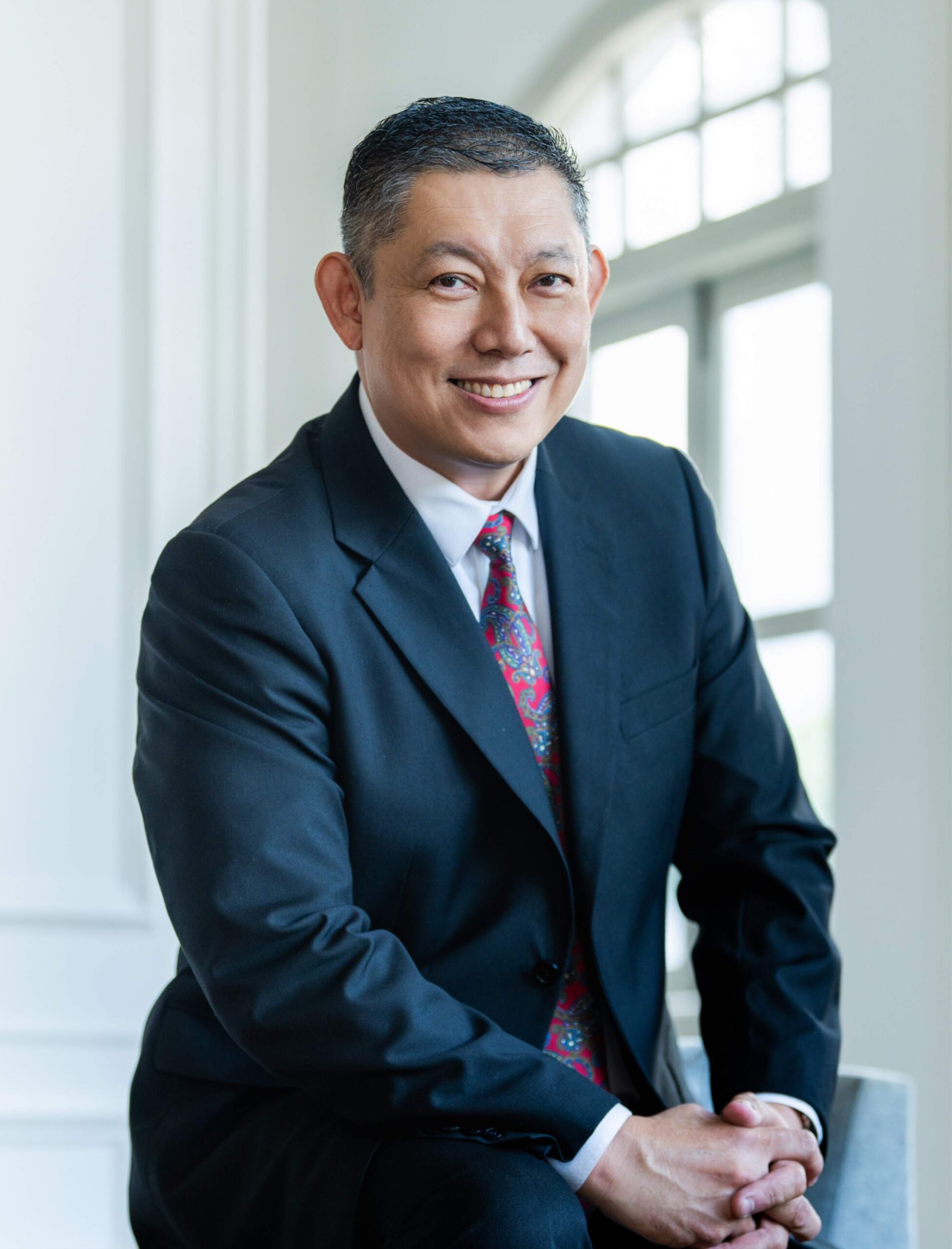
Dr Chiam Tut Fu 
(詹达夫医生)
MBBS (Singapore)
MSS (Sports Medicine) (USA)
MMed (OM) (Singapore)
GDOM (Singapore)
DWD (Singapore)
Dr Chiam is a MOH accredited Specialist in Sports Medicine and has practised medicine for over 30 years.
Dr Chiam Tut Fu obtained his MBBS from National University of Singapore in 1990. He went on to obtain his Masters in Sports Science (Sports Medicine) from the United States Sports Academy, graduating as the year’s outstanding student, and Masters of Medicine (Occupational Medicine) from the National University of Singapore.
Key Interests:
- Non-surgical treatment of sports injuries
- Non-surgical treatment of degenerative conditions
- Nutraceuticals for healthy ageing and exercise performance
Need Advice On Your Condition?
Do you have an enquiry about your sports injury or body joint condition? Please leave us a message and we will be in touch with you shortly.
Mon to Fri: 9:00am – 1:00pm
2:00pm – 6:00pm
Sat: 9:00am – 1:00pm
Sun & PH: Closed
Singapore Paincare Center
Paragon Medical Centre, #18-03
290 Orchard Road, Singapore 238859
Partnered Programs & Insurance Plans
For Singaporeans, Singapore Permanent Residents and Foreigners.
Please speak to our friendly clinic staff about using your insurance plans.
Frequently Asked Questions
Can Golfer's Elbow heal on its own?
Mild cases of Golfer’s Elbow can often heal with rest and self-care measures.
How long does it take to recover from Golfer's Elbow?
The recovery time for Golfer’s Elbow varies depending on the severity of the condition. It can take several weeks to several months for the pain to fully resolve.
Can you still play golf with Golfer's Elbow?
It’s advisable to rest and avoid activities that cause pain, including golf, until the condition has healed.
What happens if Golfer's Elbow is not treated?
Untreated Golfer’s Elbow can lead to chronic elbow pain and limited range of motion.
What exercises can help with Golfer's Elbow?
Specific exercises can help strengthen your forearm muscles and improve flexibility. These may include wrist curls, wrist extensions, and forearm pronation and supination. A physical therapist can provide a personalized exercise program.
What's the difference between Golfer's Elbow and Tennis Elbow?
Both conditions are forms of elbow tendinitis, but they affect different areas of the elbow. Golfer’s Elbow causes pain on the inner side of the elbow, while Tennis Elbow causes pain on the outer side.